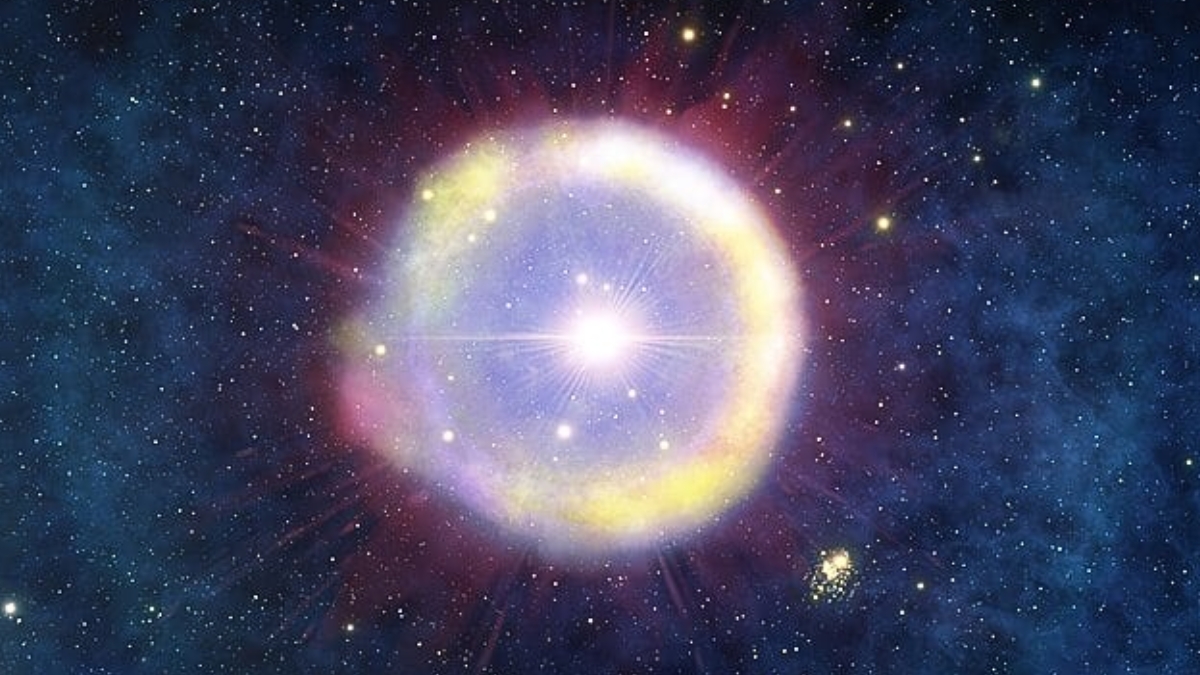
A galaxy formed around 11 billion years ago that appears to be "metal-free", indicating that it might contain a set of elusive first-generation (Pop III) stars.
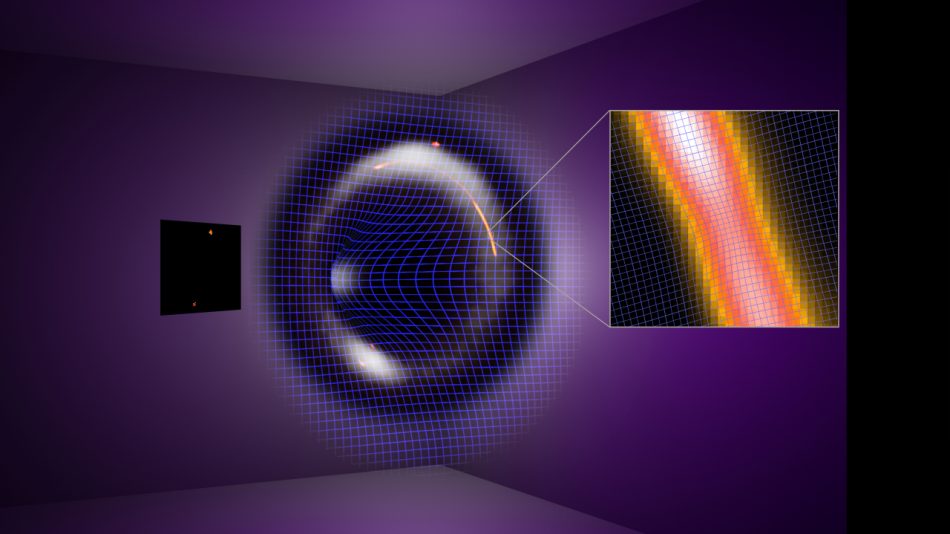
Something massive is lurking in the darkness of space, a mysterious object with the weight of a million Suns but no light to give it away.
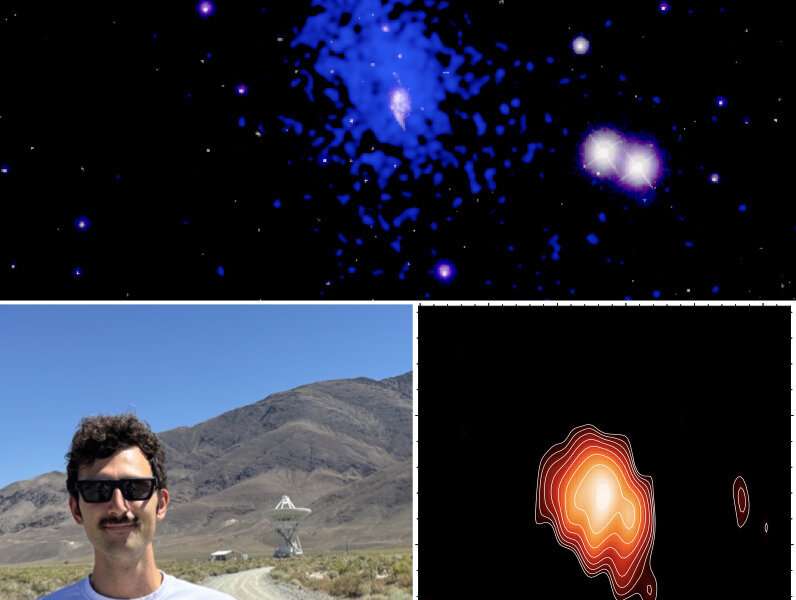
Astronomers have caught a supermassive black hole in the act of awakening from a long slumber, providing an unprecedented glimpse into the earliest stages of black hole activity.
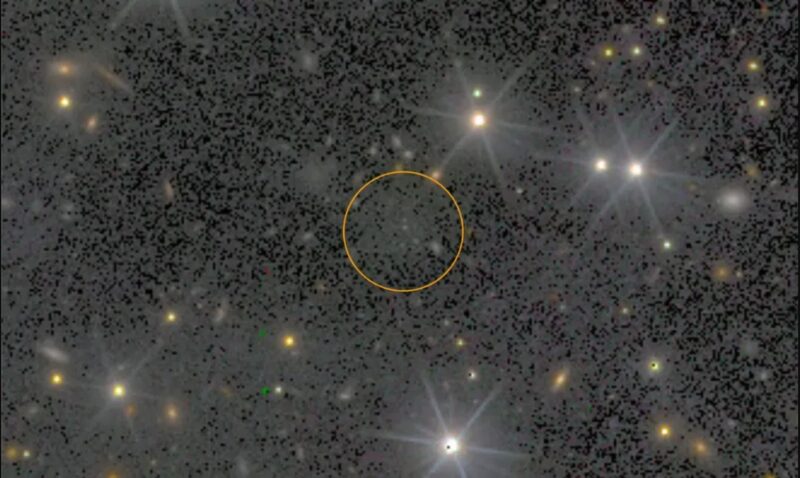
On June 20, 2025, Austrian researchers have discovered a dark-matter galaxy candidate in a cluster of galaxies some 240 million light-years away.

Astronomers have created a galactic masterpiece: an ultra-detailed image that reveals previously unseen features in the Sculptor galaxy.
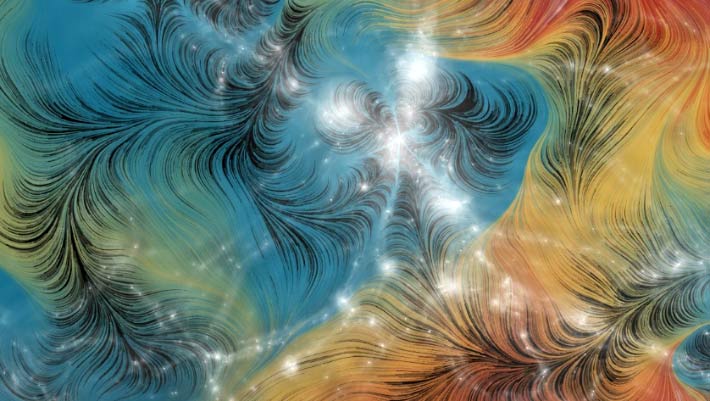
Astronomers have used Fast Radio Bursts (FRBs) to show that more than three-quarters of the Universe's ordinary matter has been hiding in the thin gas between galaxies.

The record-breaking galaxy is revealing secrets about the first stars and their unexpected chemical fingerprints.
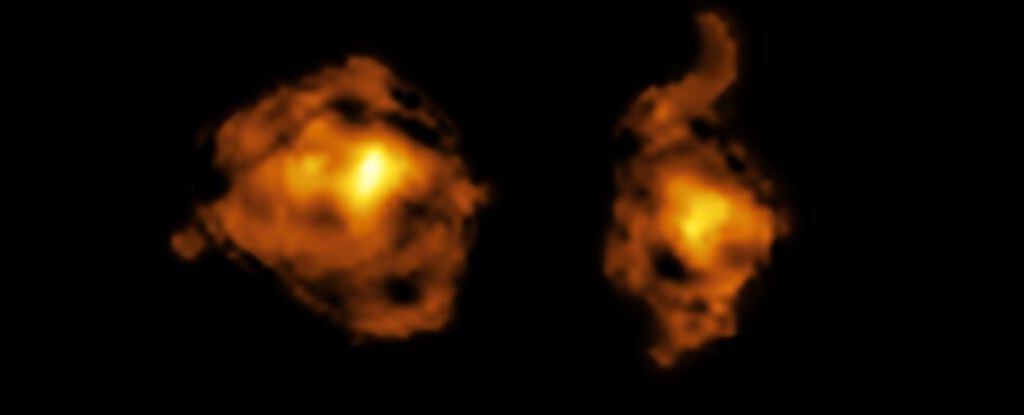
The moment one galaxy spears another with a powerful beam of radiation shooting from its central black hole has been spotted in a distant galactic collision.

A team of astronomers has identified a giant spiral galaxy so well-formed that it already has a stable galactic bar; a long, straight structure filled with stars across the galaxy's center. It was formed just 2.6 billion years after the Big Bang.

Most of the lights in the new JWST-Hubble composite image are not bright stars, but galaxies, stretching back almost as far across space-time as the beginning of the Universe.

In a new image from NASA’s James Webb Space Telescope, a galaxy named for its resemblance to a broad-brimmed Mexican hat appears more like an archery target.

Since the James Webb Space Telescope (JWST) began science operations, astronomers have observed galaxies that existed more than 13 billion years ago.
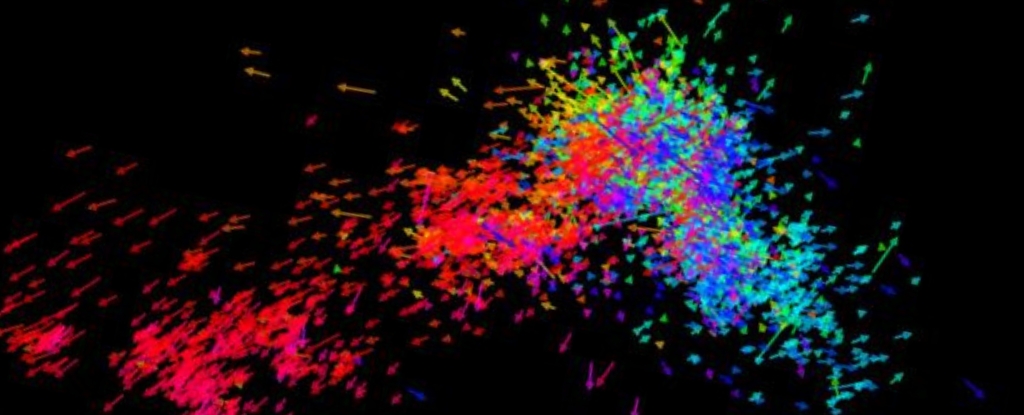
A team of researchers at Nagoya University has discovered evidence that the Small Magellanic Cloud is potentially being torn apart by gravitational forces from its larger companion.
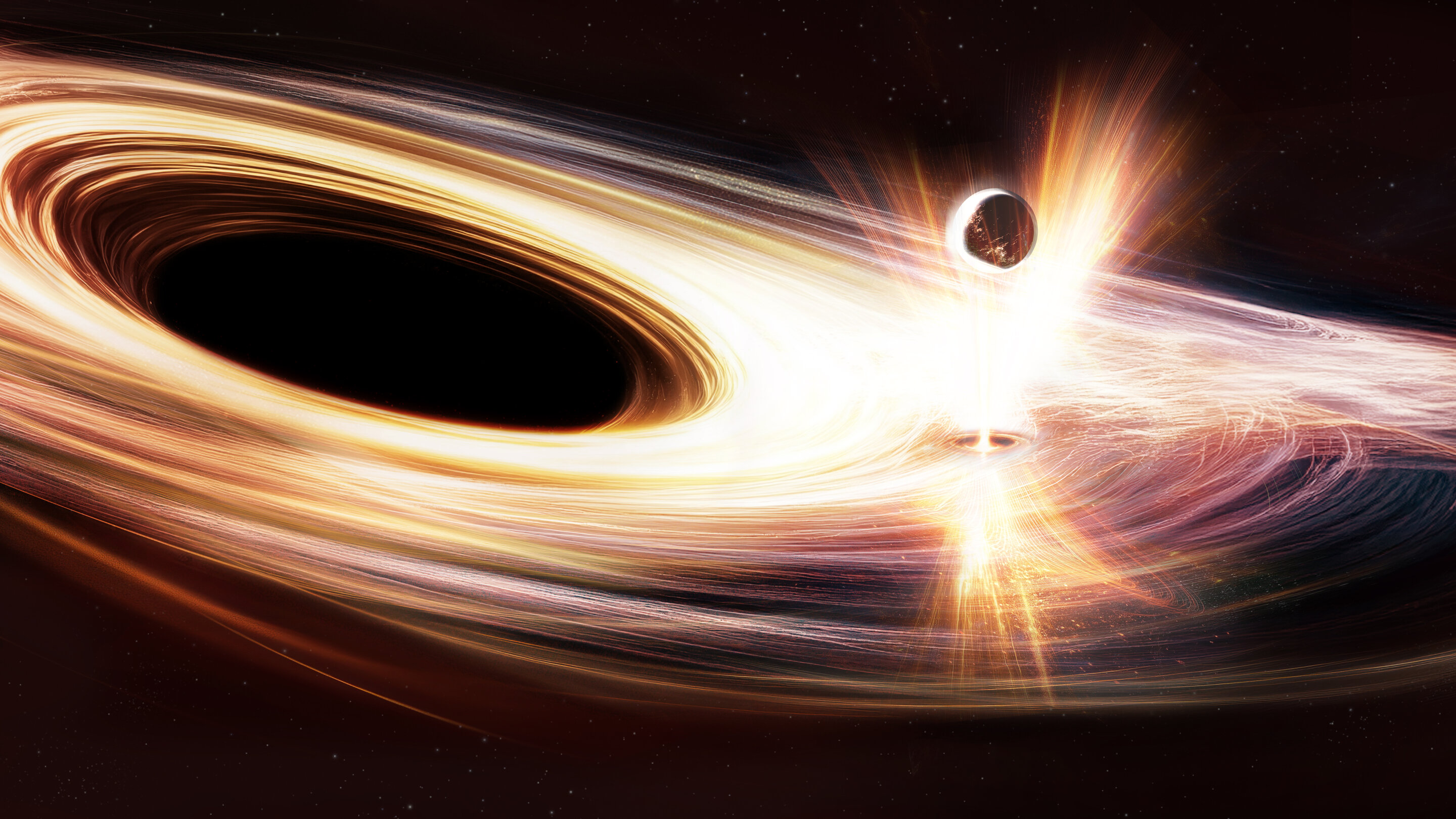
A massive black hole at the heart of a galaxy in the Virgo constellation is waking up, shooting out intense X-ray flares at regular intervals that have puzzled scientists
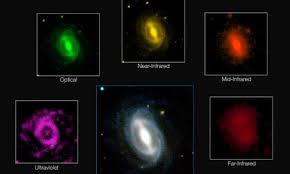
For a long time, scientists thought that only actively star-forming galaxies should be observed in the very early Universe. The James Webb space telescope now reveals that galaxies stopped forming stars earlier than expected.